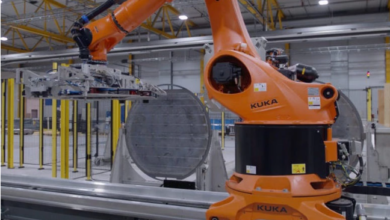SIAD supplies hydrogen compressor to MULTIPLHY; Frontier Energy studies hydrogen
The hydrogen compressor will be an integral part of the renewable products refinery of NESTE.

SIAD Macchine Impianti (SIAD MI) has produced a hydrogen compressor for a large-scale, multi-megawatt, high-temperature electrolyser.
The contract was requested by Paul Wurth, an engineering company in Luxembourg. The SIAD compressor will be integrated into the hydrogen processing unit, designed and manufactured by Paul Wurth in the frame of the MULTIPLHY project. The MULTIPLHY project has received funding from the Fuel Cells and Hydrogen 2 Joint Undertaking.
Apart from the compressor, the hydrogen processing unit involves a hydrogen dryer as a key element to deliver the adequate quality of hydrogen to the end-user NESTE, in a reliable way.
The compressor developed by SIAD Macchine Impianti is suitable for automatically managing hydrogen at low pressures (0 to 33 bar). The unit’s main feature developed for the project concerns the oil-free compression of hydrogen, which comes from the electrolysis process mixed with varying percentages of water vapor.
In addition, the device has a compact layout with high accessibility. The selection of premium materials also means that it can offer high performance at very low temperatures (down to -25°C). The compressor is designed to follow the variable operation of the electrolyser, providing outstanding continuity of operation.
Frontier Energy commissions green hydrogen study
Frontier Energy Limited has commenced a Renewable Energy Expansion Study at its Bristol Springs Solar Project (the BSS Project) and a green hydrogen study.
The hydrogen study will incorporate future clean energy production from the BSS Project with potential Green Hydrogen production utilising the BSS Project’s location and surrounding world-class infrastructure.
The company will complete a hydrogen market assessment to identify potential offtake partners and market prices for green hydrogen.
The assessment will consider domestic demand (power, transport and industrial) and international export markets and other global opportunities. The optimum commercial pathway for large-scale hydrogen production, including the location of infrastructure, will be defined during the study phase.
